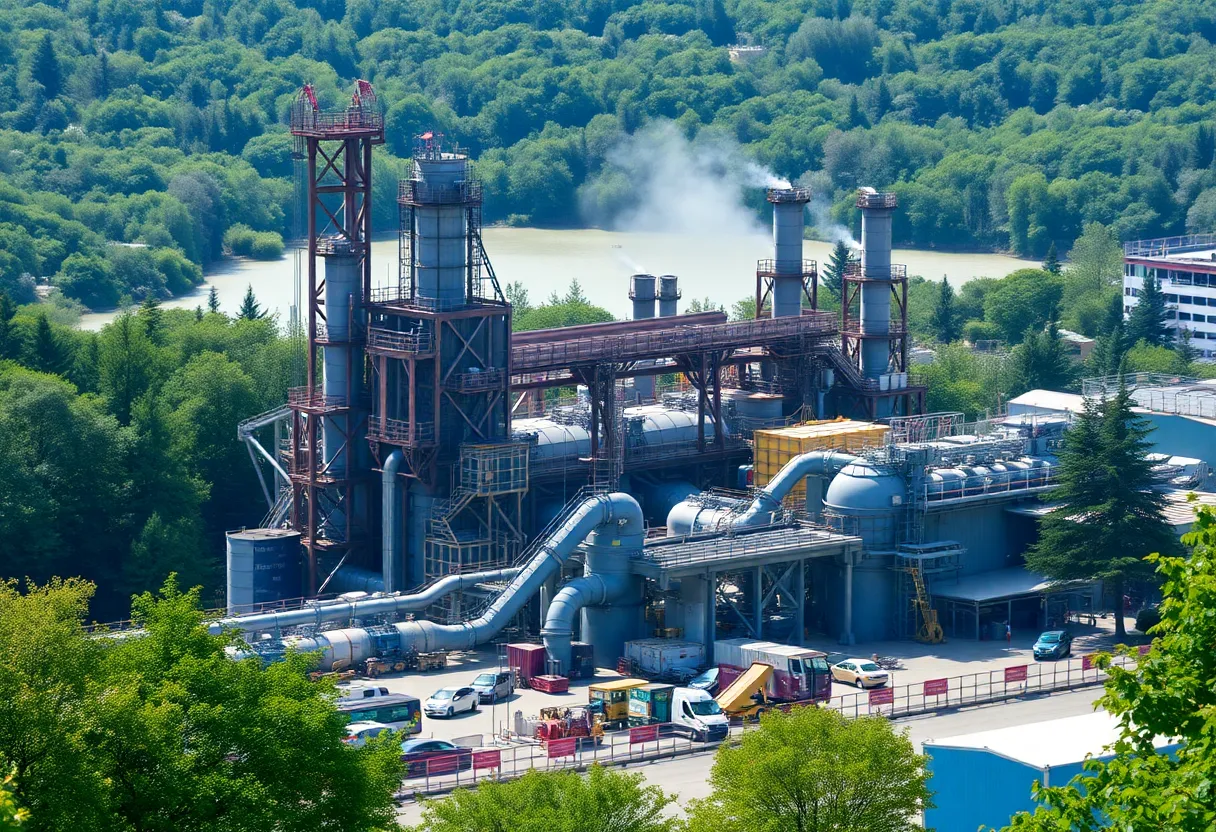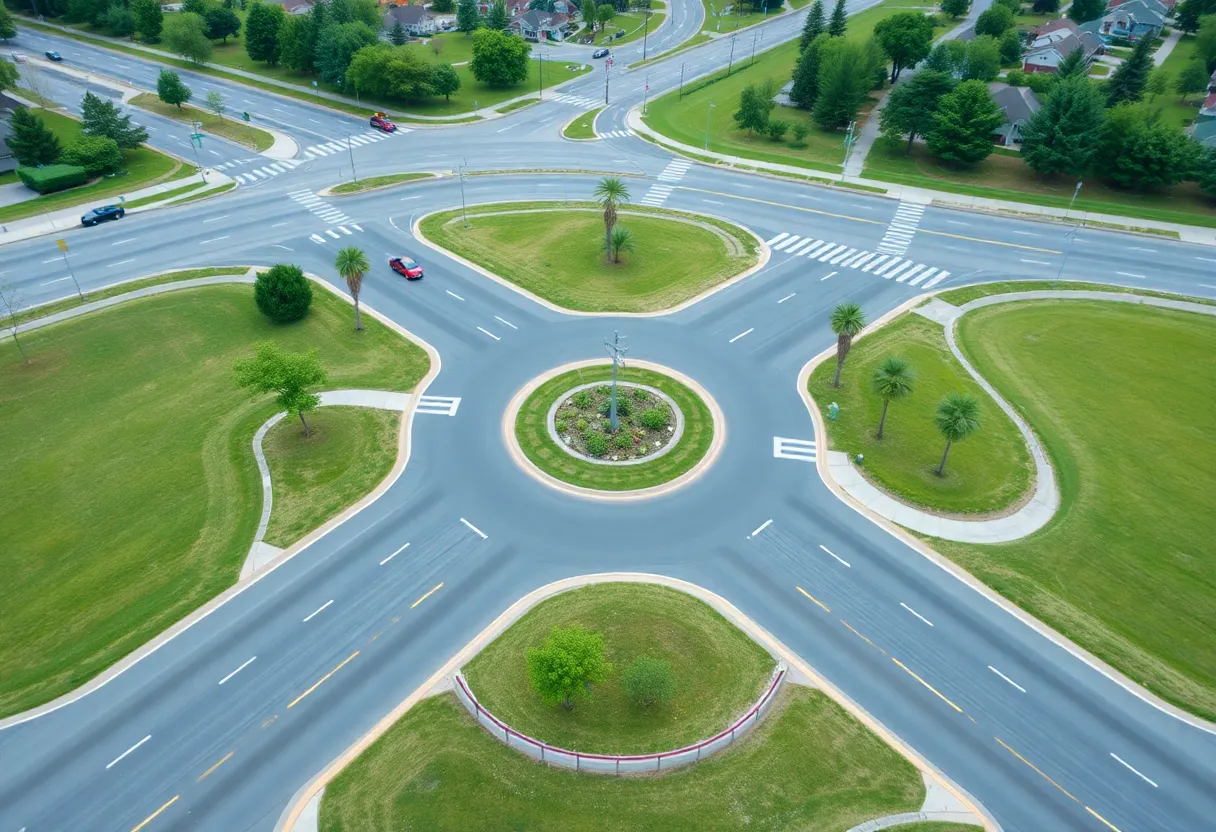News Summary
New Orleans is struggling with a significant population decline and ongoing economic recovery challenges nearly two decades after Hurricane Katrina. Recent estimates show a drastic loss of residents, down to around 363,000 from nearly 460,000 pre-Katrina. The city’s Lower Ninth Ward has seen a staggering population drop of 65% since the storm. Recovery efforts are hindered by financial limitations and housing shortages, despite initiatives aimed at revitalization. The city’s journey towards recovery is marked by both significant obstacles and a hopeful outlook.
New Orleans is currently facing a significant population decline and economic recovery challenge, nearly two decades after Hurricane Katrina struck the city in 2005. The latest population estimates indicate that New Orleans has approximately 363,000 residents, which marks a loss of nearly 100,000 individuals compared to the pre-Katrina population of around 460,000.
Hurricane Katrina, one of the deadliest and costliest storms in U.S. history, resulted in the displacement of over 1 million people and caused approximately 1,833 fatalities. The city’s population drastically decreased to fewer than several thousand in the immediate aftermath of the storm, illustrating the profound impact of the disaster. By 2006, the population plummeted to just 209,000. While there were some slow gains in population thereafter, the city still has not returned to its pre-Katrina levels. Estimates by the U.S. Census reported the population at over 383,000 in 2020, and while there was a slight peak of 392,000 in 2018, numbers have dipped since then, largely due to the effects of the COVID-19 pandemic.
The decline in population has had far-reaching consequences for the city, including reduced tax revenue, funding shortages, and adverse effects on local businesses and school enrollment. Employment figures reveal a concerning trend; jobs in New Orleans decreased from 186,000 before the storm to a mere 93,500 in its immediate wake. Currently, employment has risen to about 169,000, which still falls 17,000 short of the levels recorded before the storm.
One of the areas most severely affected by Katrina is the Lower Ninth Ward. Once home to approximately 14,000 residents in August 2005, the population had dwindled to just over 5,000 by 2023, reflecting a staggering 65% decline over 18 years. Furthermore, housing availability in this area has also suffered. In 2005, there were over 5,600 housing units, but this number has dropped to just over 2,220 in 2023, indicating a significant housing crisis exacerbated by the storm’s aftermath.
Several obstacles have hindered the city’s recovery efforts, including a lack of financial opportunities and resources, as well as challenges related to property reconstruction. Many homeowners opted to take insurance payouts rather than rebuilding, while others relocated, discouraged by bureaucratic hurdles associated with the rebuilding process.
In an effort to revitalize the Lower Ninth Ward, the Make It Right initiative was launched by actor Brad Pitt in 2008 to construct affordable homes. However, the reality is that many of these homes are now deteriorating, and some homeowners are pursuing litigation due to structural issues. Despite these difficulties, community stakeholders continue to express optimism for the revival of the Lower Ninth Ward, highlighting the resident’s resilience and the area’s potential for renewal.
As New Orleans reflects on the challenges faced since Hurricane Katrina, it becomes clear that ongoing efforts are required to address the population decline and stimulate economic recovery. The city’s journey towards rebuilding is marked by both obstacles and hopeful aspirations for a brighter future.
Deeper Dive: News & Info About This Topic
HERE Resources
New Orleans Private Schools Shine in National Spotlight
Meta’s Ambitious $10 Billion Data Center Project in Louisiana
Impact of Hurricane Katrina on New Orleans Community
Louisiana Oyster Task Force Meeting to Address Industry Challenges
Ray Nagin Reflects on Hurricane Katrina’s Aftermath
Surge in Vibrio vulnificus Infections Causes Concern in Southeastern U.S.
Explosion and Fire at Smitty’s Supply in Roseland, LA
Congressman Calls for Defunding New Orleans Health Department Over Vaccine Promotion
The Lingering Impact of Hurricane Katrina on New Orleans
Gina Ferrara Appointed as New Louisiana Poet Laureate
Additional Resources
- The Center Square: Louisiana
- Wikipedia: Hurricane Katrina
- Fox 8 Live: New Orleans Latino Population Rise
- Google Search: New Orleans population decline
- Axios: New Data on New Orleans
- Google Scholar: Hurricane Katrina impact
- UnHerd: How Katrina Saved Schools in New Orleans
- Encyclopedia Britannica: New Orleans
- KPEL 965: Hurricane Katrina 20 Years Later
- Google News: New Orleans Katrina recovery

Author: STAFF HERE NEWORLEANS WRITER
The NEW ORLEANS STAFF WRITER represents the experienced team at HERENewOrleans.com, your go-to source for actionable local news and information in New Orleans, Orleans Parish, and beyond. Specializing in "news you can use," we cover essential topics like product reviews for personal and business needs, local business directories, politics, real estate trends, neighborhood insights, and state news affecting the area—with deep expertise drawn from years of dedicated reporting and strong community input, including local press releases and business updates. We deliver top reporting on high-value events such as French Quarter Festival, New Orleans Jazz & Heritage Festival, and Essence Music Festival. Our coverage extends to key organizations like the New Orleans Chamber of Commerce and Greater New Orleans, Inc., plus leading businesses in energy, healthcare, and education that power the local economy such as Entergy, Ochsner Health, and Tulane University. As part of the broader HERE network, including HEREShreveport.com, we provide comprehensive, credible insights into Louisiana's dynamic landscape.




